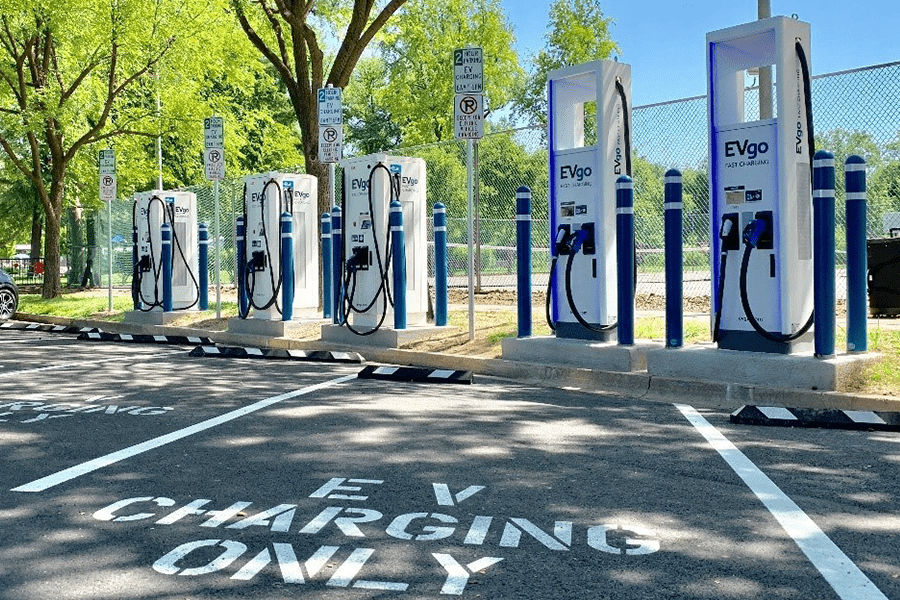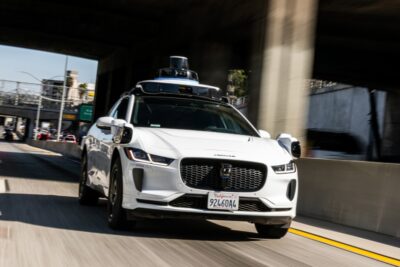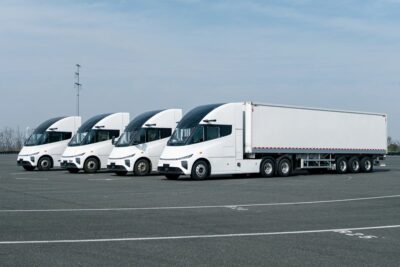California launches $55mn EV fast charger scheme
Incentive levels depend on charger capacity. Projects deploying a minimum of four charge points with a minimum output of 150 to 274.99 kW can receive up to $55,000 per port, while those exceeding 275 kW are eligible for up to $100,000 per port. All funded chargers must be DC fast chargers.
To qualify, projects must be “ready-to-build”, meaning they must be fully permitted and have a finalised utility service design. Eligible sites must be publicly accessible and include locations such as petrol stations, convenience stores, retail centres, and parking facilities. On the application website, the CEC also points out that “applicants must have a minimum of 50% CCS connectors installed per site to be eligible for incentive funding,” and that Tesla’s NACS or “J3400 will now be an eligible connector for incentives.” CHAdeMO may be installed, “but will not be considered when determining the maximum incentive amount for the installation.”
The CEC will prioritise applications from tribal lands, low-income areas, and disadvantaged communities — regions that historically lack fast-charging coverage.
The programme is coordinated by the California Energy Commission (CEC) and is part of the California Electric Vehicle Infrastructure Project (CALeVIP). According to the CEC, the ‘Fast Charge California Project’ represents the most extensive CALeVIP effort to date. It is also the first to be available statewide and the first to offer full cost coverage. Funding for the programme comes from the Clean Transportation Program and the state’s Greenhouse Gas Reduction Fund.
“This is the biggest CALeVIP project ever. It’s the first to be statewide. And, it’s the first to cover up to 100% of eligible costs,” said Hannon Rasool, director of the CEC’s Fuels and Transportation Division. “Installing more fast chargers is vital to California’s zero emission vehicle transition, and the Fast Charge California Project prioritises ready-to-build fast charging projects, with eligible projects in disadvantaged communities going to the top of the list.”
“State-funded incentives are essential for the rapid and equitable expansion of California’s electric vehicle charging network,” said Evan Wright, director of EV infrastructure and operations at the Centre for Sustainable Energy (CSE), which administers CALeVIP. “This programme is designed to get fast chargers in the ground…fast.”
Since 2017, CALeVIP has supported the installation of nearly 10,000 EV chargers across California. The state is currently home to over 2.2 million registered light-duty EVs. The CEC launched a similar funding initiative in 2023, when it had earmarked $30 million in funding for the installation of DC chargers across the state. It later launched a second phase worth $38 million.
This also comes as the 2022 Environmental Protection Agency (EPA) waiver, allowing California to mandate a ban on sales of new IE cars from 2035, will be challenged in court. And just weeks prior, President Donald Trump had signed a congressional resolution to overturn California’s 2035 combustion vehicle ban—an action that has already drawn legal fire from California and a coalition of supportive states.
energy.ca.go (announcement), calevip.org (eligibility)





0 Comments